Submersible pump irrigation systems and electric hand water pumps represent two vital components in modern agricultural practices, revolutionizing the way water is sourced, distributed, and utilized in farming. These technologies have significantly contributed to improving crop yields, conserving water resources, and empowering farmers, especially in regions facing water scarcity and unreliable rainfall patterns.
The submersible pump irrigation system operates by submerging the pump underwater, usually in a well or a reservoir, and then pushing the water to the surface and into the irrigation network. This method offers several advantages over traditional surface pumps. It causes less water loss through evaporation and leakage, as the pump is situated closer to the water source. Secondly, it requires less energy to lift water since submerging the pump reduces the distance it needs to pump water vertically. Additionally, submersible pumps are less prone to damage from external elements, such as weather and debris, prolonging their lifespan and reducing maintenance costs.
One of the key innovations in submersible pump technology is the incorporation of solar-powered systems. By harnessing solar energy to power the pumps, farmers can reduce their dependency on grid electricity or diesel generators, making irrigation more sustainable and cost-effective, particularly in remote rural areas with limited access to power infrastructure.
Complementing the submersible pump system is the electric hand water pump, a portable and versatile tool that enables farmers to access water from shallow wells, rivers, or other water sources that are not reachable by traditional pumps. Unlike bulky diesel pumps or manual methods like bucket irrigation, electric hand water pumps are lightweight, easy to operate, and require less physical exertion. This makes them particularly suitable for smallholder farmers or gardeners with limited resources and labor.
Furthermore, electric hand water pumps come with various attachments and accessories, allowing farmers to customize their irrigation setups according to their specific needs. For example, drip irrigation kits can be attached to the pump to deliver water directly to the plant roots, less water wastage and maximizing efficiency. Sprinkler attachments are also available for covering larger areas with uniform water distribution, ideal for field crops like maize, wheat, or soybeans.
The adoption of submersible pump irrigation systems and electric hand water pumps has had a transformative impact on agricultural productivity and livelihoods in many regions worldwide. In arid and semi-arid areas, where water scarcity is a constant challenge, these technologies have enabled farmers to cultivate crops throughout the year, breaking the cycle of dependence on seasonal rainfall. As a result, food security has improved, incomes have increased, and rural communities have become more resilient to climate change and economic fluctuations.
Moreover, the efficiency and reliability of submersible pump irrigation systems and electric hand water pumps have paved the way for sustainable agricultural practices. By optimizing water use and reducing energy consumption, farmers can lessen their environmental footprint and contribute to mitigating the impacts of water scarcity and climate change. This aligns with global efforts towards achieving the United Nations Sustainable Development Goals, particularly Goal 2: Zero Hunger and Goal 6: Clean Water and Sanitation.
In conclusion, submersible pump irrigation systems and electric hand water pumps represent indispensable tools in modern agriculture, offering efficient, reliable, and sustainable solutions to water management challenges. By harnessing the power of technology and innovation, farmers can enhance productivity, conserve water resources, and build resilient farming communities for generations to come.

 English
English русский
русский Español
Español
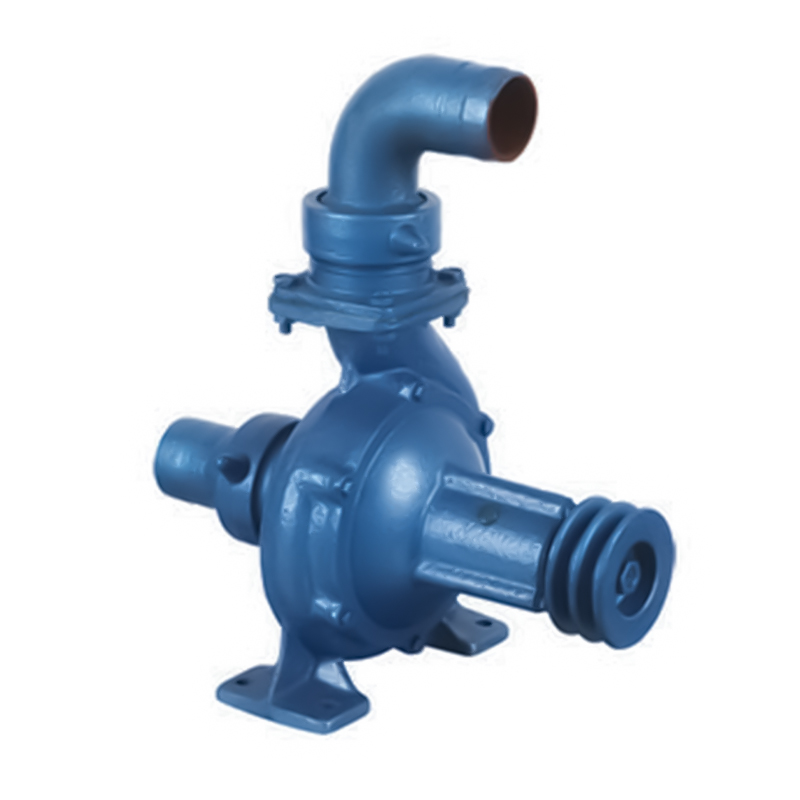
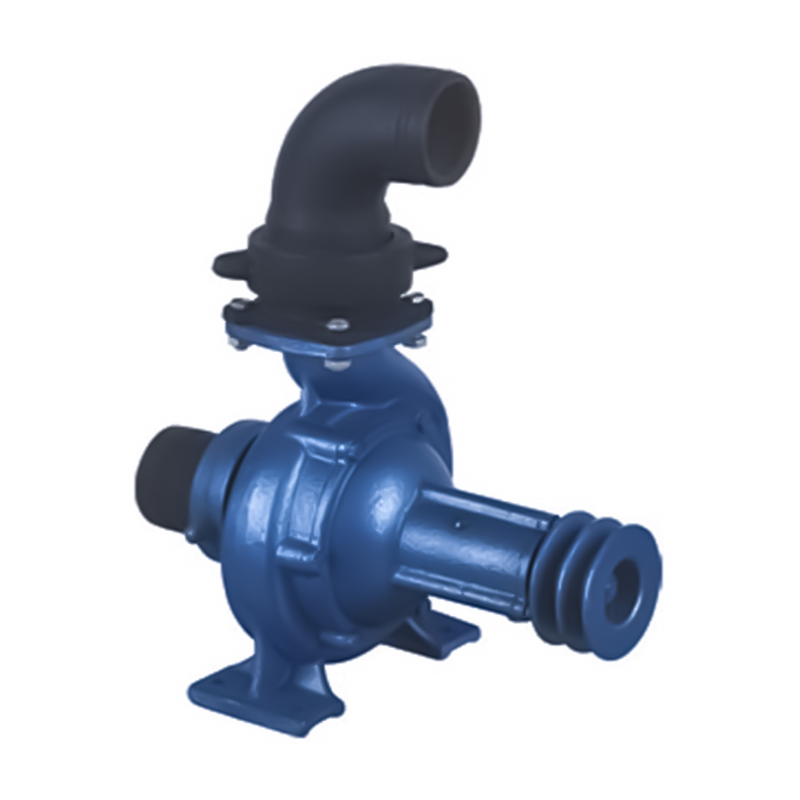

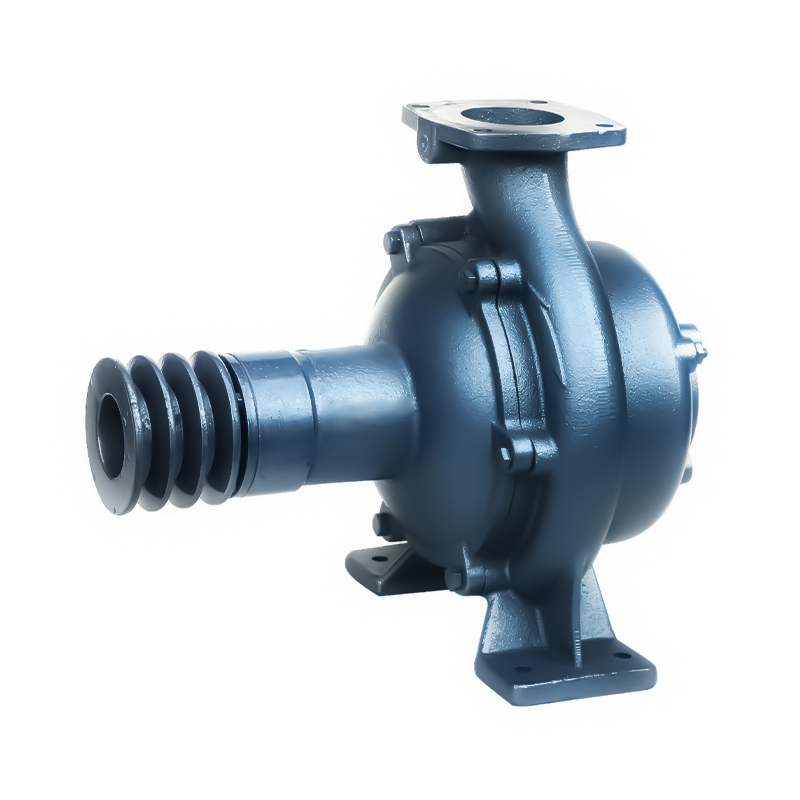
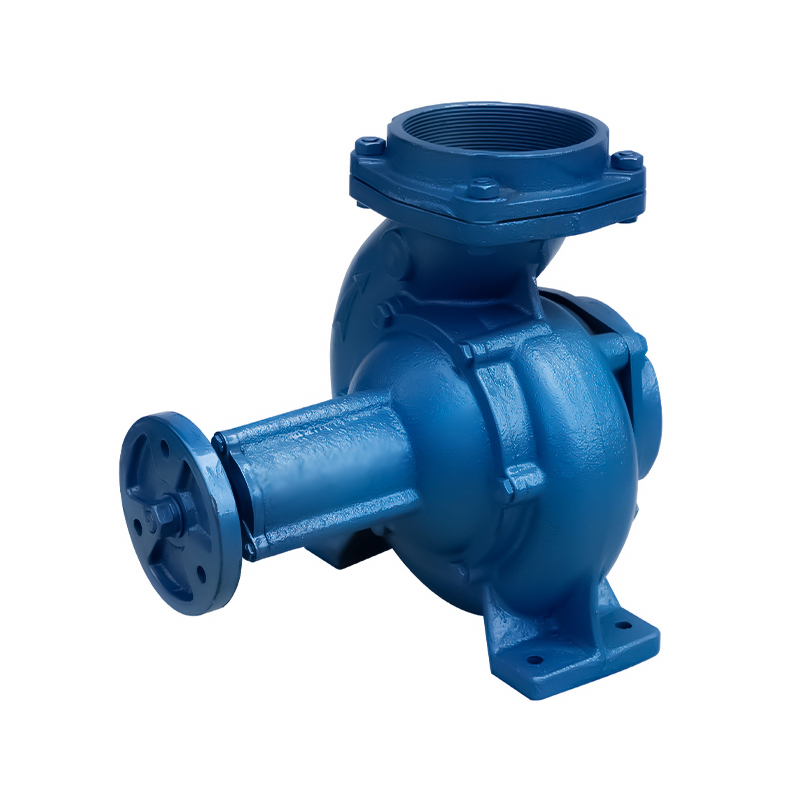
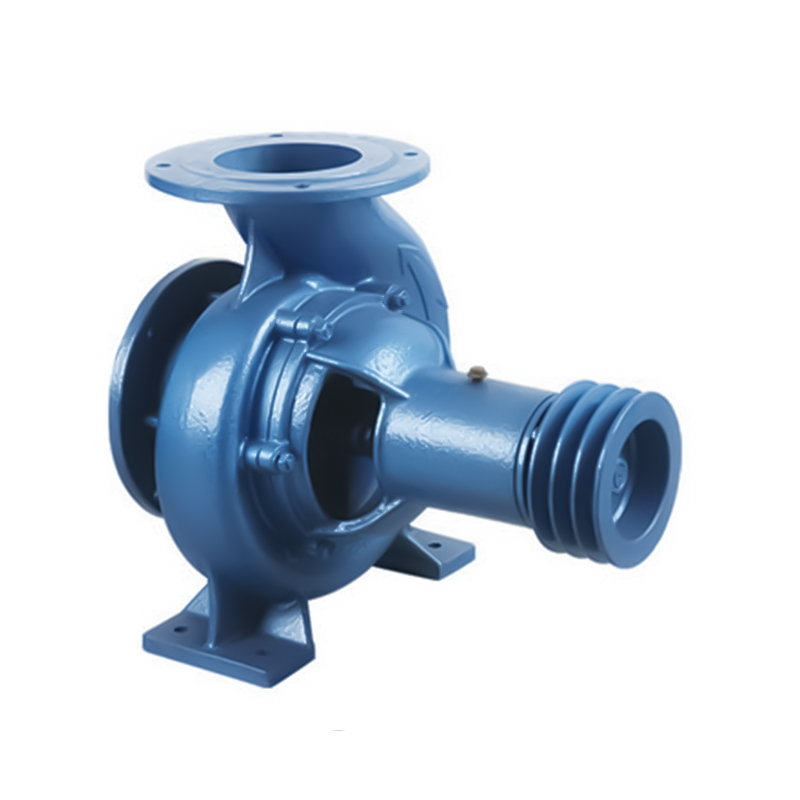
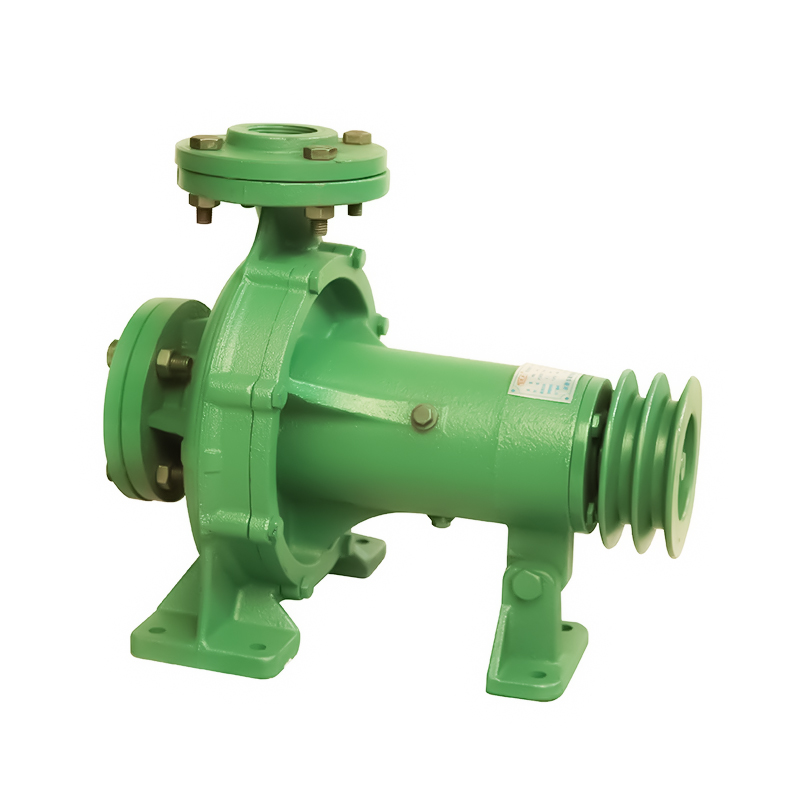

 Email:
Email:
 Phone:+86-13605899207
Phone:+86-13605899207

